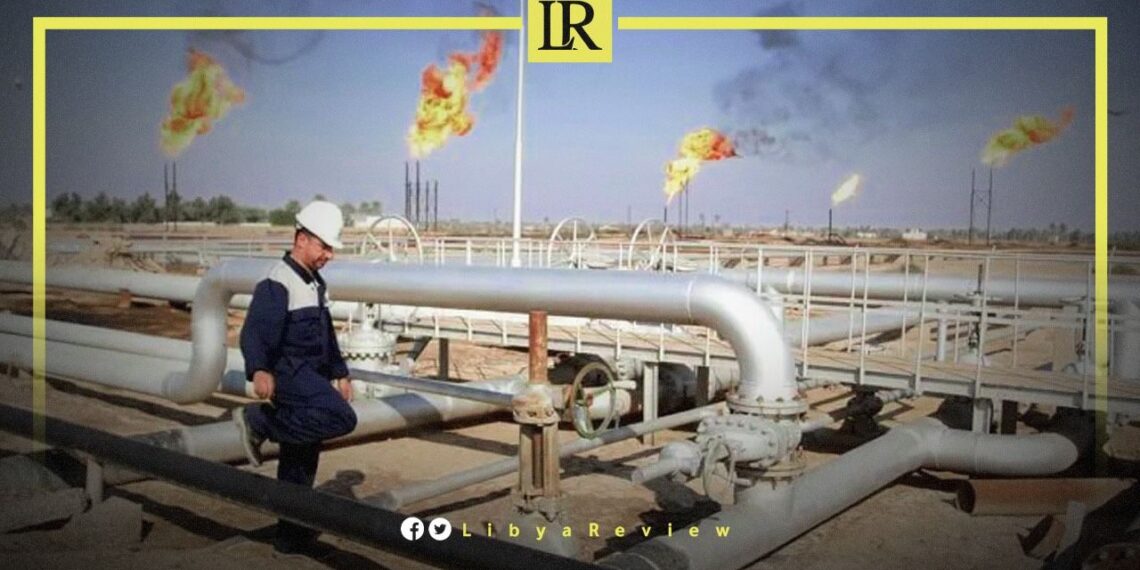Libya’s Central Bank has announced that total public revenue recorded during the first ten months of the year reached 103.4039 billion dinars, according to its monthly financial report released on Tuesday. The figures cover the period from 1 January to 31 October and reflect the dominant role of oil in sustaining the Libyan budget.
The bank said oil sales generated 86.6 billion dinars, while oil royalties added a further 14.9 billion dinars. Together, these streams accounted for the overwhelming share of Libya’s public income, reaffirming the country’s heavy dependence on the energy sector. Non-oil revenues were significantly smaller, with tax income reaching 1.034 billion dinars, customs generating 146.5 million dinars and telecommunications revenues amounting to 57 million dinars. An additional 666.4 million dinars came from various other sources, including service-related fees collected across local financial monitoring offices.
The report noted that no revenue was recorded from domestic fuel sales during the reporting period. The Central Bank reiterated its commitment to transparency and the publication of detailed financial data, emphasising the importance of keeping the public and state institutions informed about the country’s economic performance.
Alongside revenue data, the Central Bank disclosed that total public expenditure for the same ten-month period stood at 95.1 billion dinars. Salaries under Chapter One accounted for 55.2 billion dinars, although October salaries were not included due to late submission. Operating expenses under Chapter Two reached 4.2 billion dinars, while Chapter Three development spending amounted to 3.7 billion dinars.
Chapter Four expenditures, which include fuel subsidies, salary payments for certain public entities and family allowances, totalled 32 billion dinars. No spending was recorded under Chapter Five, which is reserved for emergency needs.
The Central Bank stressed that regular financial reporting aims to bolster institutional accountability and help citizens understand fiscal trends, especially in a context marked by political fragmentation and competing governance structures.


